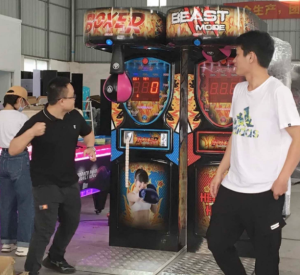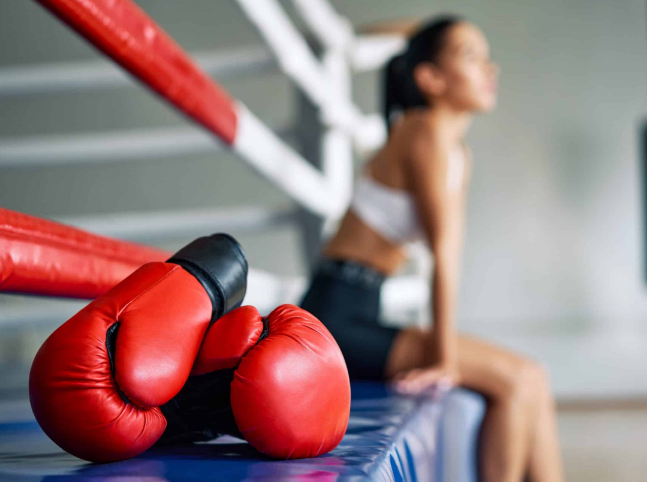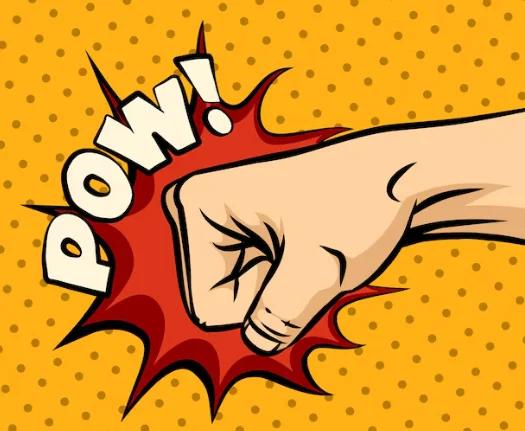Each player should observe the grip strength and payout patterns of the machine before playing, select prizes that are of regular shape and near the drop zone, control the timing of the claw’s descent precisely, and try multiple grabs to increase their chances of success.
Table of Contents
ToggleObserve the Machine
Before inserting coins to start playing, observing the machine is the initial step toward success. This isn’t just about saving money but also understanding the internal mechanism of the machine. Most claw machines have a predetermined grip mechanism that affects their winning percentages. The key lies in observing the grip strength of the claw. Many claw machines increase their grip after a certain number of attempts. For example, the claw may only get tight enough to actually grab a prize once in every ten attempts.
By observing the machine, you may notice a pattern, especially by watching the previous player’s results. If they just won a prize, the next few attempts might have a looser claw, making it almost impossible to grab anything. It’s better not to insert money right after someone else’s game but to patiently observe for a few rounds to wait until the claw strength returns or if the machine has interval-based changes.
Some claw machines use flashing lights or audio cues to indicate when the grip will be firmer. At such points, the machine may be ready to “payout.” Understanding these signs will help you better gauge when to take action.

Choosing the Right Machine
Choosing the right machine is crucial, and not every claw machine is worth spending money on. In fact, most claw machines have a “payout ratio,” meaning that after a certain number of grabs, there’s a real chance of winning. These ratios are usually programmed into the machine, so after 10 to 15 attempts, the claw may get enough grip to grab a prize. This setup ensures that the operator can maintain profits while still allowing players a chance to win.
Claw machines have a payout probability of around 10% to 30%, meaning that only 1 out of 10 or 1/3 attempts may win a prize. For larger or more valuable prizes, the machine’s grip strength may be set even stricter, further reducing the frequency of payouts. Therefore, when faced with a high-value prize machine, don’t waste too much money. Sometimes it’s smarter to give up and choose another machine.
Some machines provide better “feedback,” meaning it’s easier to detect grip strength changes from one attempt to the next. If possible, select these over machines that feel looser or weaker. If you notice someone using multiple attempts without winning, it might be a good idea to give it a shot yourself—this could mean the claw is nearing its payout strength.
Easy-to-Grab Prizes
Not all prizes are worth the effort. Some may look appealing but are difficult to win, so understanding the shape and position of the prize is crucial. First, choose prizes near the drop zone. When you grab these, gravity will help guide them into the prize chute with more ease. Conversely, if a prize is far from the chute, it’s likely to fall off mid-air.
Choose regular-shaped prizes, like squares or flat items. These are easier for the claw to grasp, and there’s less chance of them falling. Larger, irregularly shaped, or soft items, like big-headed dolls or plush toys, may look attractive but are harder to hold onto because the claw cannot properly grip them, leading to slippage.
Prizes with compact shapes and low centers of gravity have about a 30% higher success rate than irregularly shaped ones. For larger prizes, even if the claw successfully grips part of the item, they often fall during the upward process due to an unstable center of gravity. So, don’t just go for cute or attractive prizes. Based on the shape and position, choose your target wisely for better results.

Mastering Timing
Timing is key when operating the claw. Most machines allow you to move the claw horizontally before it drops vertically. This is a precise step. You need to press the button at the ideal position to ensure the claw wraps around the target prize. Many people rush to press the button, but precision is far more important than speed.
A useful trick is to give the claw a slight swing before it drops. Some machines allow you to nudge the claw a bit left or right as it descends, which helps it capture prizes, especially those in corners or hard-to-reach positions.
Timing plays a significant role in winning too. Studies show that playing claw machines during certain times increases the chances of winning. For example, during off-peak hours at malls, operators may adjust the machine’s grip strength to encourage more people to play. During these times, the machine’s settings may be more generous, with stronger claw grips and higher payout rates.
Another timing-related tip is to understand the machine’s “cooling-off period” after a prize is won. Right after a payout, the odds of winning again decrease significantly for a short time. So, if you see someone just won, it’s best to wait or try another machine.
Trying Multiple Grabs
Claw machines aren’t always won on the first try. Sometimes you need multiple attempts. Patience and strategy are essential. After an unsuccessful attempt, the prize might shift into a more favorable position. At this point, don’t get discouraged. Carefully observe the new position and adjust the claw’s position and angle accordingly.
Some machines allow players to hold the button as the claw ascends to increase grip strength. Holding the button until the claw fully retracts can prevent the prize from falling midway. Players can use this method for a second grab, increasing their chances of success.
Some players report that after several consecutive attempts, the success rate gradually improves as the claw strength builds up. Trying multiple times in a row helps you get a better feel for the claw’s movement and take advantage of grip strength changes.
Sometimes the first grab will simply move the prize slightly, pushing it from a difficult corner to a more accessible spot. In this case, a second attempt may have a much higher chance of success than the first.




